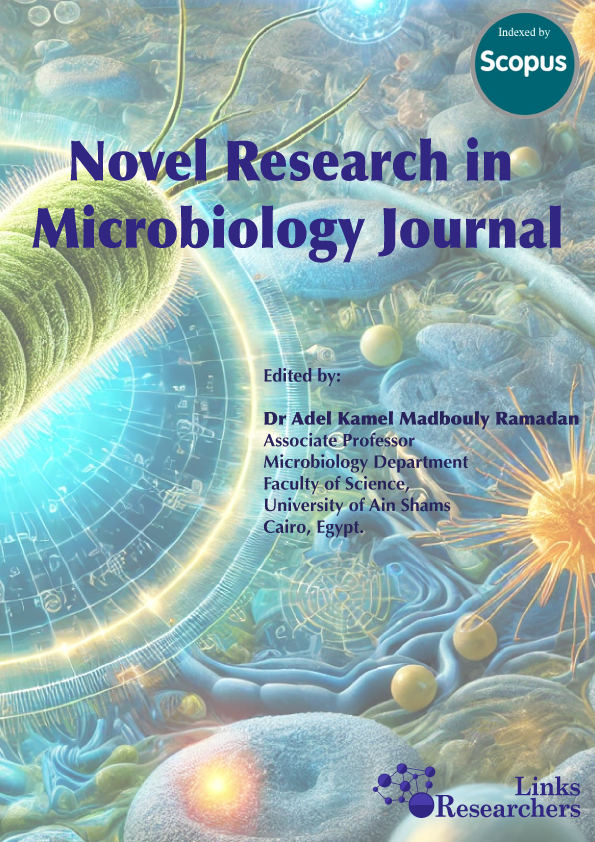Apple decline, which is responsible for seedlings root and collar rot in the nurseries, is a
serious disease that causes reduction in apple plant production. The aim of this study was to
evaluate the regional and seasonal distribution of the fungi and Oomycetes, which were
associated with the apple decline disease in the Tunisian nurseries. In this study, surveys were
conducted from autumn, 2015 to summer, 2016. Apple plants were sampled to detect and
quantify the inoculum density of these pathogens. Based on the morphological characteristics;
two Fusarium and two Pythiaceae spp. were obtained. The most dominant species were F.
oxysporum (33.9 %); Pythium ultimum (33.05 %), F. solani (16.95 %), and Phytopythium
mercuriale (16.1 %). Results of the seasonal variation showed that Fusarium spp. and
Pythiaceae populations had peaked in June. The populations of F. oxysporum and F. solani
were significantly and positively correlated to temperature. In relation to the soil
physicochemical characteristics; the Pearson correlation showed that the population of P.
ultimum was positively related to the nitrogen (N) content (r = 0.59); sand (r= 0.82), organic
matter (r = 0.85), and organic carbon (r = 0.84). However, this species was negatively
correlated with the silt content (r = -0.79); clay (r = -0.84), and electrical conductivity (r = -
0.74). The Phytopythium mercuriale population was positively correlated with nitrogen
content (r = 0.64), and negatively correlated with soil pH (r = -0.62); clay content (r = -0.47),
and silt (r = -0.54).





